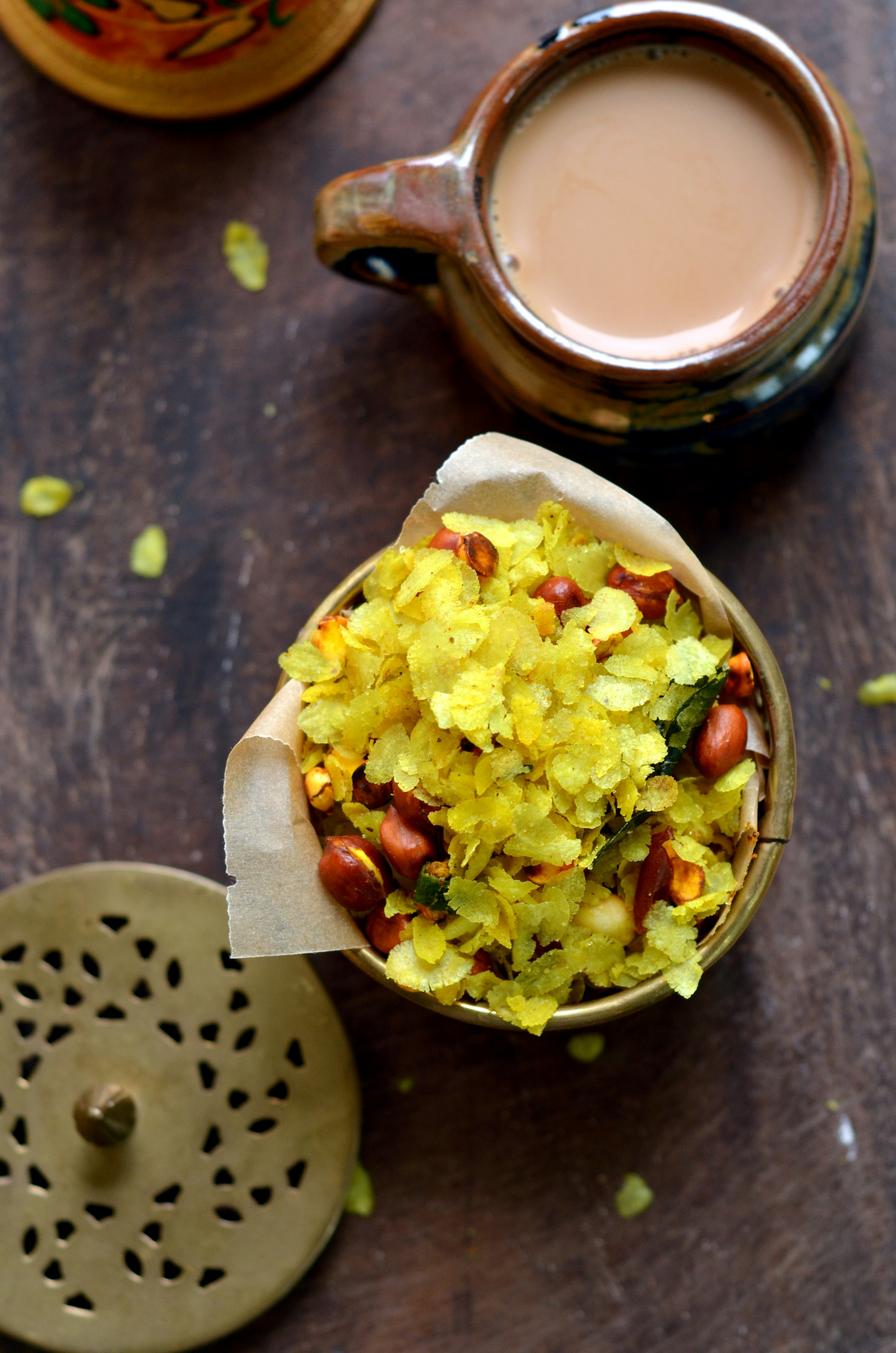Introduction to Tsampa: The Heart of Tibetan Cuisine
Tsampa is a traditional Tibetan food that serves as a vital staple in the diet of the Tibetan people. Primarily made from roasted barley flour, tsampa embodies the resilience and resourcefulness of Tibetans throughout their history. The significance of this food extends beyond nourishment, symbolizing cultural heritage and identity amid harsh environmental conditions.
The origins of tsampa can be traced back centuries, as barley has been cultivated in the Tibetan Plateau for generations. This particular grain thrives in the high-altitude, arid climate, making it an essential crop for local farming communities. The traditional preparation of tsampa involves roasting the barley, which enhances its flavor and nutritional value. Once cooled, the roasted barley is ground into a fine flour, ready to be transformed into a versatile meal. Tsampa is often served mixed with water or tea, blending into a dough-like consistency known as “tsampa dough,” which can be easily consumed on the go.
Moreover, tsampa is not just a source of sustenance; it plays a significant role in cultural and spiritual practices within Tibetan society. During important ceremonies and celebrations, tsampa is often presented as offerings or shared among family and friends, highlighting its communal value. Its adaptability allows for various preparation methods, including incorporating it into dishes or using it as a base for nourishing soups. For the Tibetan people, tsampa represents more than a mere meal – it is a testament to their history, a symbol of survival in a challenging environment, and a central component of their culinary tradition that continues to endure in contemporary Tibetan households.
Cultural Significance and Rituals Involving Tsampa
Tsampa holds a central place in Tibetan culture, serving not only as a food staple but also as a symbol of identity and spirituality. This versatile barley flour has transcended its nutritional value, becoming a fundamental element in various rituals and celebrations within Tibetan society. The preparation and consumption of tsampa are steeped in tradition, reflecting the deep-rooted values held by the Tibetan people.
In many Tibetan households, tsampa is often the first food offered to guests as a gesture of hospitality. This practice underscores the communal aspect of Tibetan life, where sharing food is synonymous with sharing warmth and companionship. During significant life events, such as weddings, births, or religious festivals, tsampa plays a pivotal role in the communal feasts, symbolizing both sustenance and solidarity among participants. Its presence at these gatherings highlights its importance as more than mere nourishment; it serves as a medium for fostering connections within the community.
Additionally, tsampa is closely intertwined with Tibetan Buddhism, as it is frequently used in religious practices and ceremonies. Monks and laypeople alike incorporate tsampa into their daily life, offering it as a form of devotion during prayers and rituals. This act of offering represents an expression of gratitude and reverence, connecting devotees with their spiritual beliefs. The importance of tsampa is further exemplified during the Tibetan New Year celebrations, known as Losar, where it features prominently in traditional dishes, symbolizing both new beginnings and the continuation of ancestral practices.
Overall, tsampa not only nourishes the body but also embodies the cultural heritage of the Tibetan people. Its unique ability to evoke memories, foster community bonds, and affirm spiritual beliefs illustrates its significant role in the daily lives and festivities of Tibetans. This humble yet profound staple remains a poignant reminder of the rich tapestry of Tibetan culture and tradition.
Nutritional Benefits of Tsampa
Tsampa is a vital component of Tibetan cuisine, serving not only as a staple food but also as a source of essential nutrients that contribute to overall health. Made primarily from roasted barley flour, tsampa is rich in carbohydrates, which are crucial for providing energy. This energy source is particularly important for individuals living in high-altitude regions, where the body requires more stamina to cope with lower oxygen levels.
A significant aspect of tsampa is its high fiber content. The fiber in barley aids digestion, promoting a healthy gut, and can help in managing blood sugar levels. This characteristic makes tsampa an excellent choice for maintaining a balanced diet and combating issues such as constipation and other gastrointestinal disorders. Furthermore, the fiber content contributes to the feeling of fullness, which can aid in weight management.
In addition to carbohydrates and fiber, tsampa contains essential nutrients, including vitamins and minerals such as vitamin B, magnesium, and iron. These components are important for various bodily functions, including metabolism and the formation of red blood cells. The presence of antioxidants in barley also enhances its nutritional profile, potentially reducing the risk of chronic diseases.
Moreover, numerous studies suggest that the inclusion of tsampa in the daily diet has significant health benefits, particularly for those engaged in strenuous physical activities common in Tibetan culture, such as herding and farming. Experts highlight that the combination of carbohydrates and protein in tsampa provides sustained energy, making it an ideal food for individuals with active lifestyles.
In conclusion, tsampa is not merely a dietary staple but a treasure trove of nutritional benefits that supports the health and well-being of the Tibetan people, particularly in their unique high-altitude environment.
How to Prepare and Enjoy Tsampa: Recipes and Tips
Preparing tsampa at home is a straightforward process that allows individuals to tailor it to personal tastes while respecting its traditional roots. To begin, the primary ingredient required is roasted barley flour, which can be sourced from specialty stores or made at home by roasting barley before grinding it. Once you have the flour, the essential preparation method involves mixing it with water, butter tea, or other liquids to form a dough-like consistency.
A classic way to enjoy tsampa is by preparing a simple dough for a quick breakfast. To make this, combine equal parts of roasted barley flour with hot water in a bowl. Using a utensil or your hands, mix until you achieve a smooth, pliable dough. If preferable, you can add a pinch of salt for added flavor. This dough can be served alongside butter tea, a popular Tibetan beverage that complements the nutty flavors of tsampa beautifully.
Another delightful way to incorporate tsampa into meals is by adding it to soups and stews. A comforting Tibetan barley soup can be made by simmering vegetables and meats of choice in broth, then stirring in tsampa to thicken the mixture. This not only enhances the soup’s texture but also infuses it with the distinct flavor of barley.
For those looking to experiment further with tsampa, consider creating savory or sweet variations. Mixing in spices, herbs, or dried fruits can yield interesting flavor profiles. One suggestion is to create a tsampa porridge by combining barley flour with milk or yogurt, then sweetening with honey and topping with fresh fruits.
As you incorporate tsampa into your meals, remember to honor its cultural significance. Engage with this traditional ingredient, not just as a food source, but as a bridge to Tibetan culinary heritage. With these recipes and tips, you can enjoy the versatility of tsampa in various forms, enriching your diet and culinary experience.

